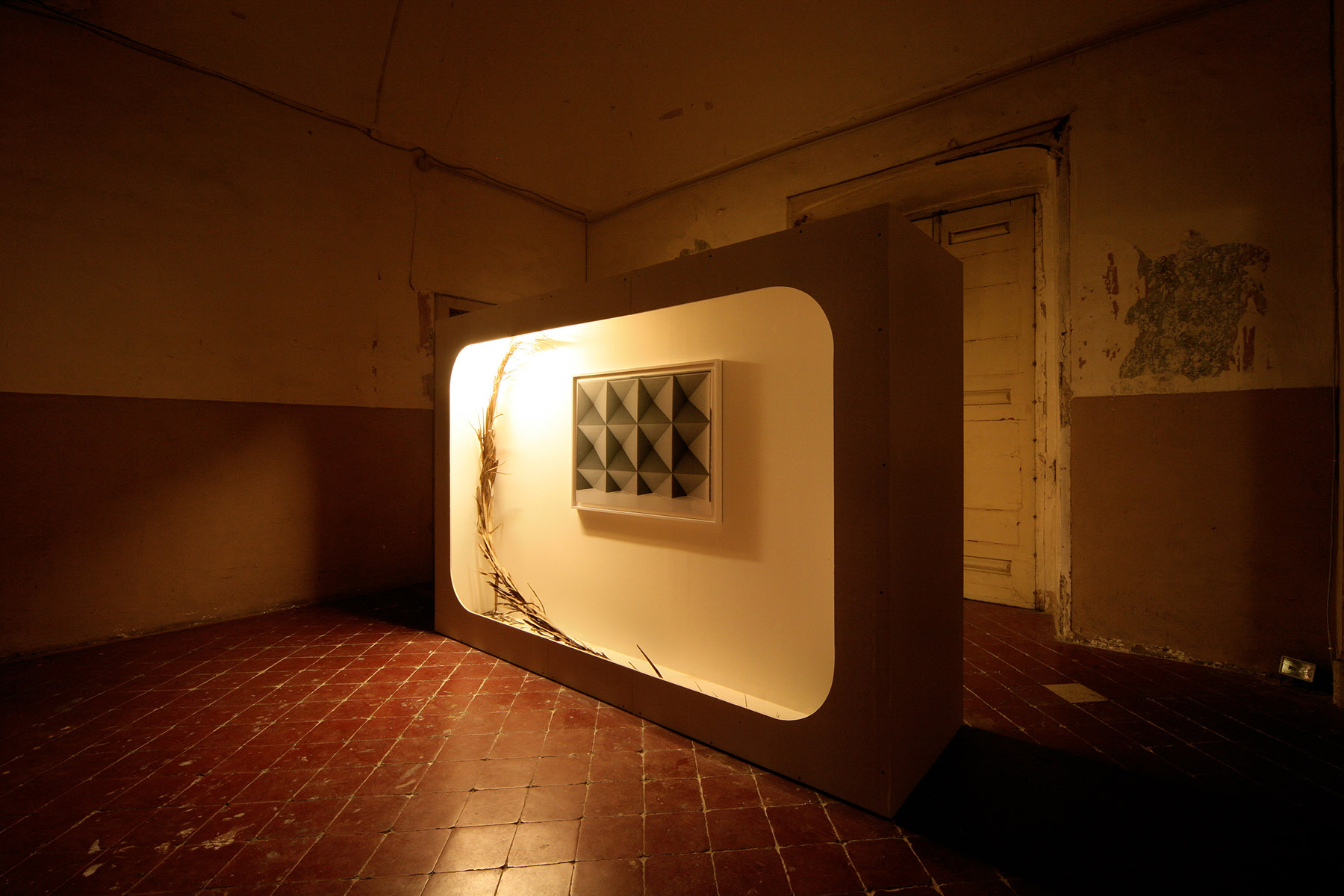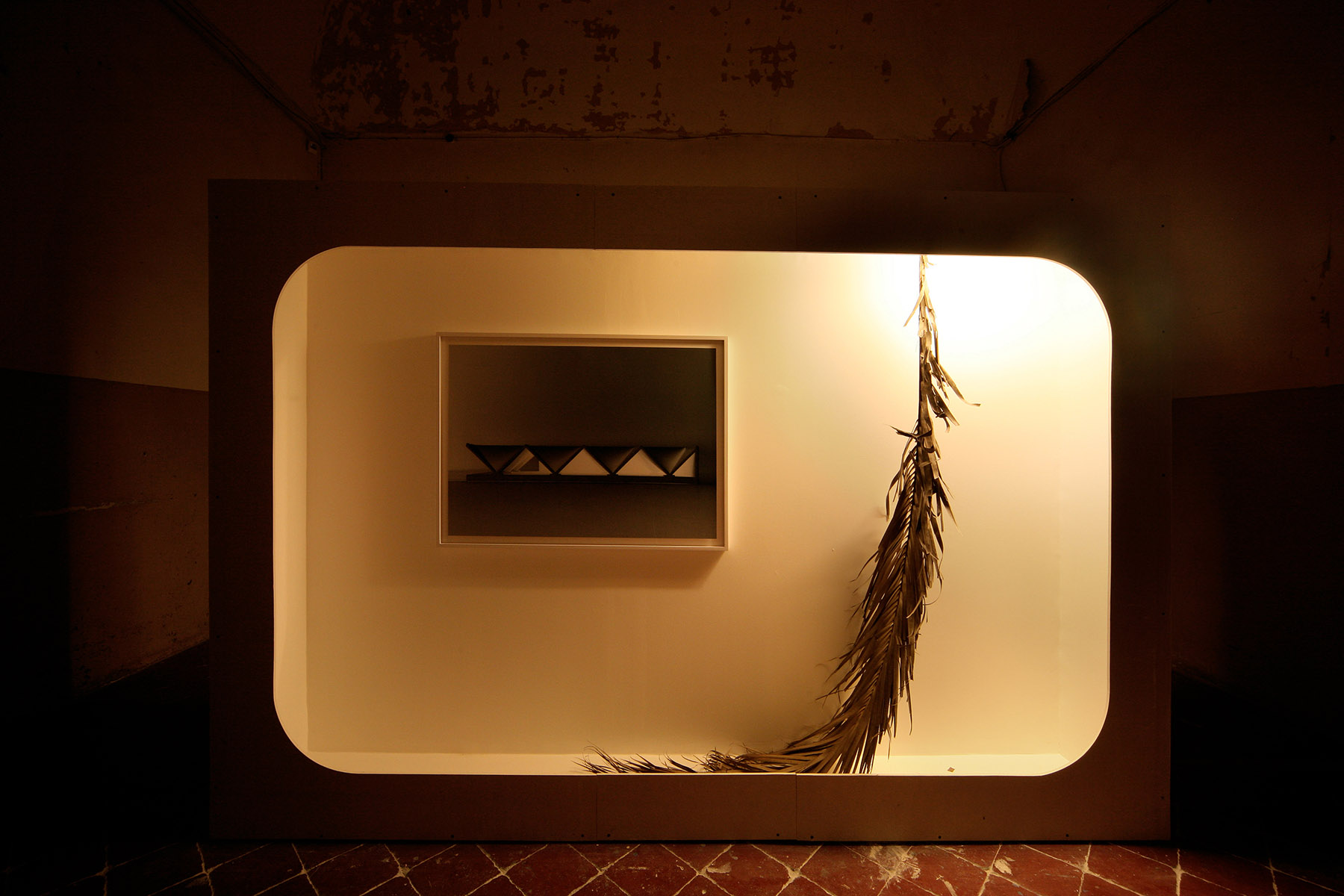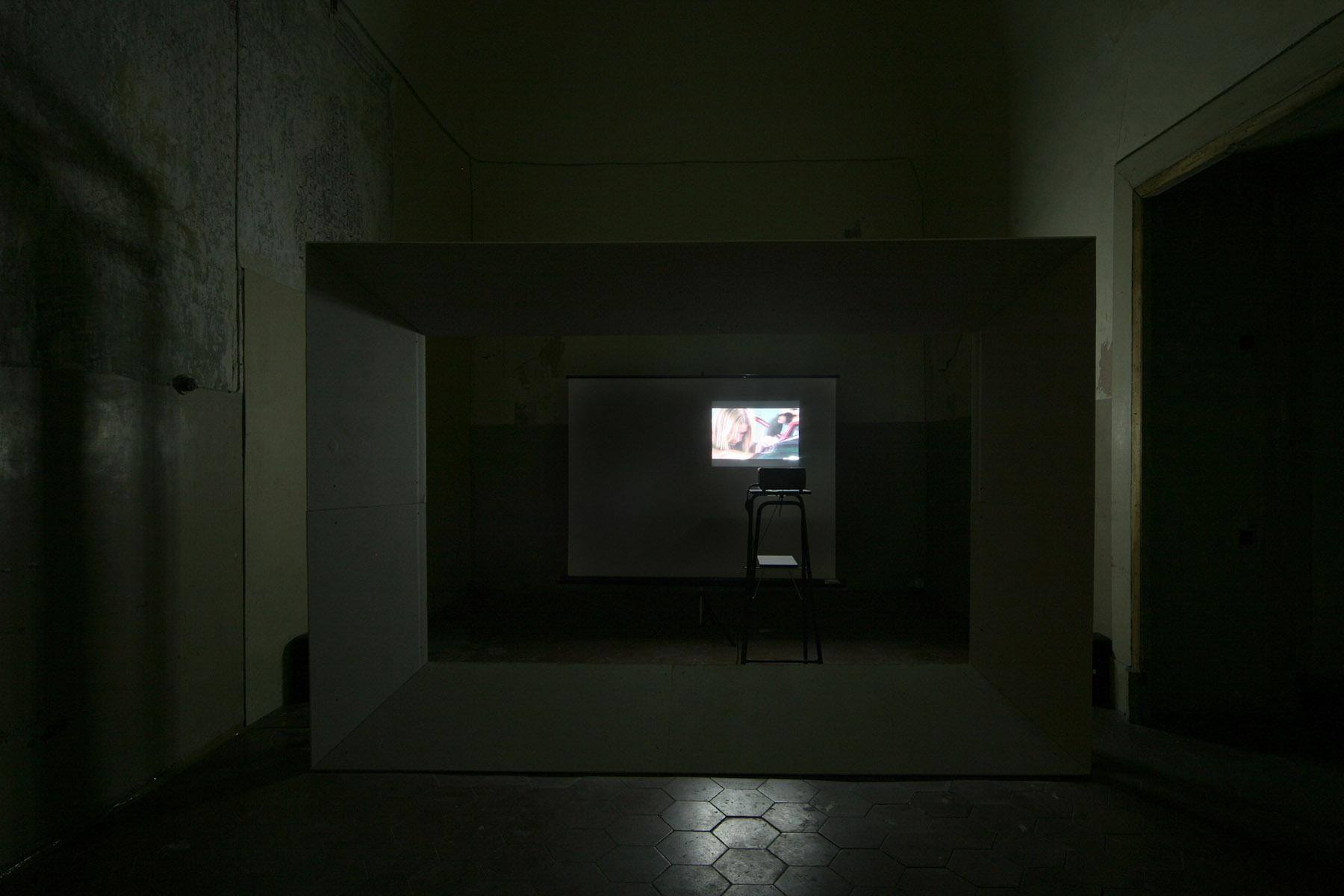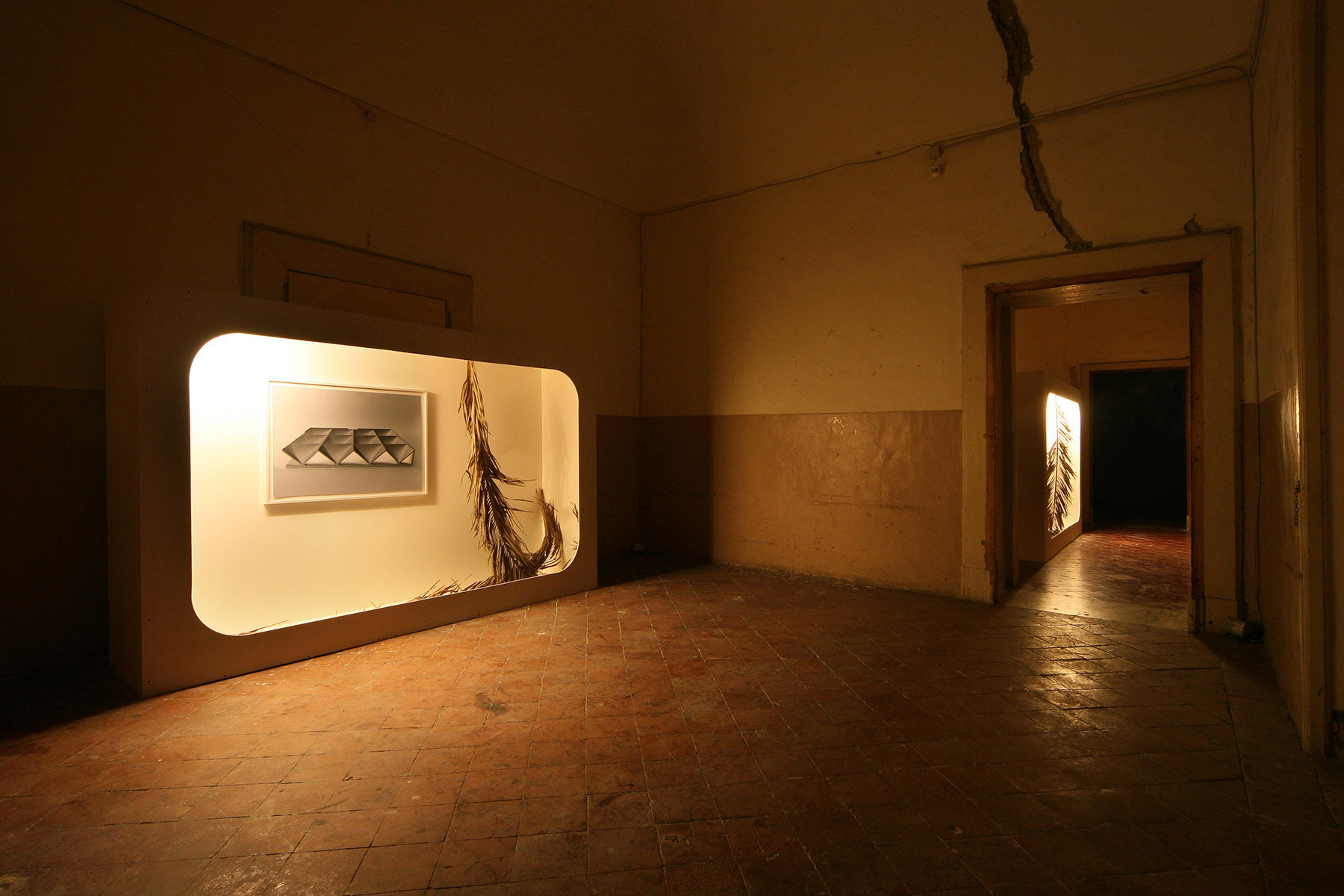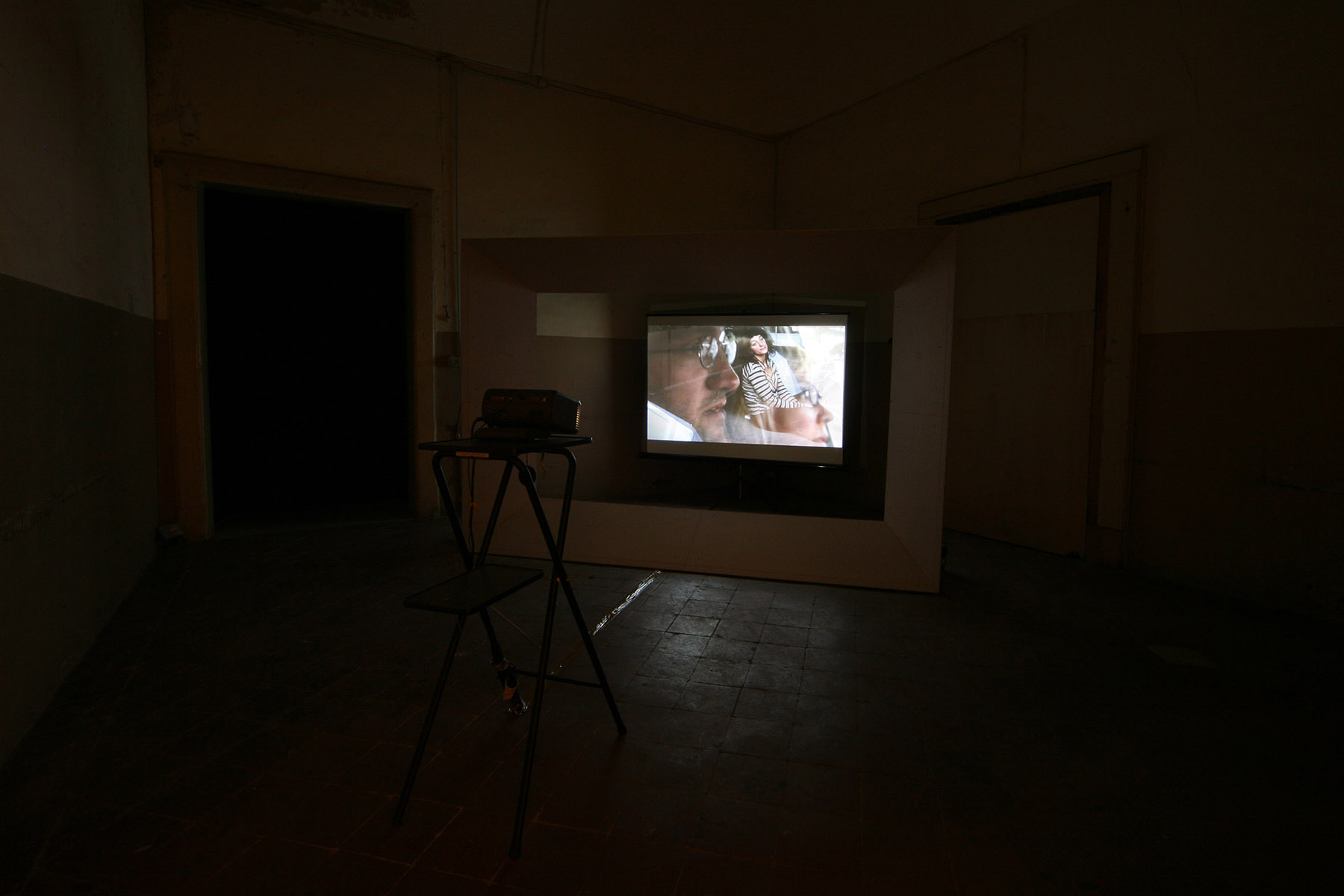30.10.2009 \\ 26.02.2010
Speaking of Futurism in relation to David Maljković (Rijeka, Croatia, 1973), it is appropriate to state: the artist has established an intensive dialogue with the great poetic vanguard movement, while remaining at a certain distance, so as to avoid an inappropriate total absorption. In the text that accompanies the installation Again for Tomorrow (2003), one of his journeys through history, Maljković meets the Futurists, he establishes a dialectical exchange but tries to avoid being involved in any possible nostalgia.
David Maljković observes the change, the speed with which, in a post-fordist and liberal society, one gets rid of everything with great ease, and through a methodology of fast-paced change and continuous replacement, in which an object or a thought are consumed and altered at a rapid pace. The focus of the major part of the work of the Croatian artist is architecture, urban and social dimension in which it is inserted, with all its baggage of lost and also found meanings, repositioned within a new dynamic and imaginative development.
There are symbols that change their meaning if you change the environment around them, if the existential and political circumstances that determine their function and public use are altered. Growing up in a former socialist country, I believe, reinforces the perception of architectural symbol as an important element of communication and celebration of power, forming in citizens a kind of symbiotic consciousness with the urban structure in which they live. David Maljković notices the loss of functionality of some of these architectural works, and try to give them another opportunity to interact with the reality. A highly prismatic operation, rational in an attempt to establish a contact from which results a possible articulation of the intellectual and political concepts, where preservation and overcoming are the most important arguments. At the same time, it is a highly poetic, visionary, utopian operation. David Maljković is very keen on the strategies of re-enactment, to re-enact, to bring again in motion, in order to structure a possible relationship between fiction, simulation and reality. What’s more interesting, the artist extends this “strategy” of repetition and differentiation into specific contexts, such as exhibitions of contemporary art.
The overall work of David Maljković has been developed over the years around two projects in relation to each other, the trilogy Scenes from new heritage 1-3 (2002-2006) and These Days (2005). Both projects started from video works, and then were enriched with installations, photographs and collages. The project for Fondazione Morra Greco stays in continuity with the earlier works. The focus of the work is the Italian pavilion at the fair in Zagreb, another key element of modern history of architecture at the time of Tito. The pavilion was designed by neapolitan architect Giuseppe Sambito, and after the period of prestigious use, and consideration enjoyed in the ’60s and ’70s it is now in a state of semi-abandonment. David Maljković takes opportunity of the exhibition in Naples to study throughout the work of Sambito, basing on the assumption that there are few elements available for those who want to do research on this architect. The intention is to restore a discussion on the activity of Sambito, starting right from the Italian pavilion, in order to discover everything that has been developed subsequently. Backward operation which begins from the cultural background of Sambito – of whom Maljković does not attempt in any way to tell the biography – is projected into the future by renewal of discussion on the meaning and functionality of his entire work.
All images Courtesy Fondazione Morra Greco, Napoli
© Danilo Donzelli

